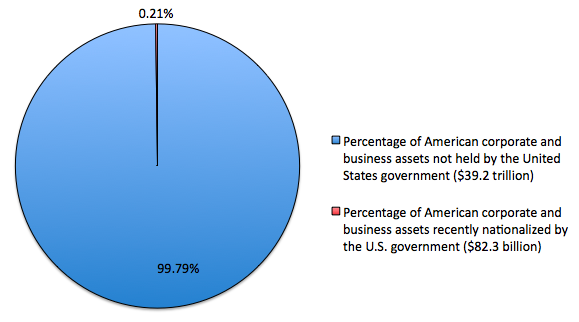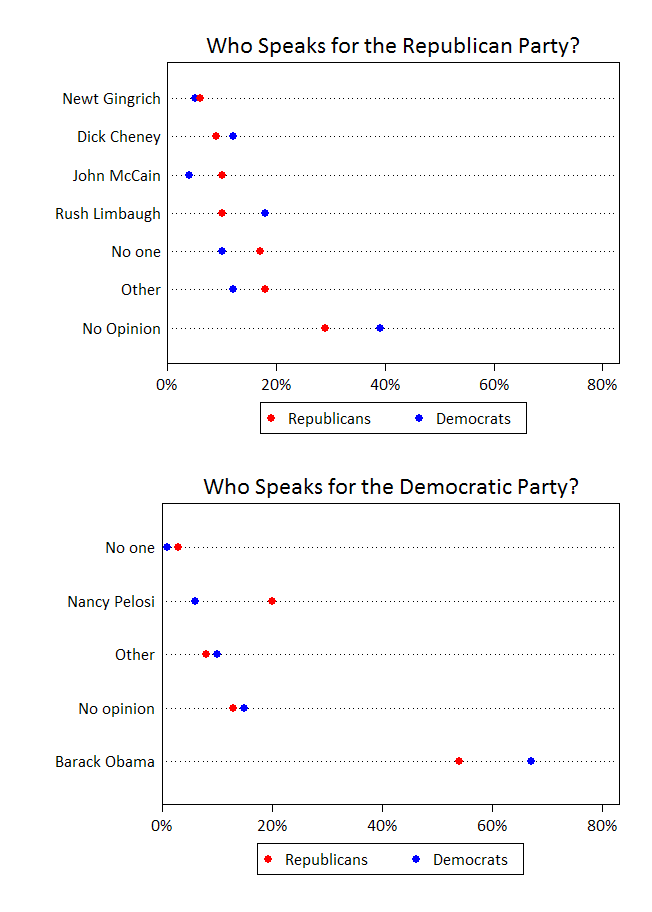Republicans’ outrage, both real and feigned, at Sotomayor’s musings about how her identity as a “wise Latina” might affect her judicial decisions is based on a flawed assumption: that whiteness and maleness are not themselves facets of a distinct identity. Being white and male is seen instead as a neutral condition, the natural order of things. Any “identity” — black, brown, female, gay, whatever — has to be judged against this supposedly “objective” standard.
Thus it is irrelevant if Justice Samuel A. Alito Jr. talks about the impact of his background as the son of Italian immigrants on his rulings — as he did at his confirmation hearings — but unforgivable for Sotomayor to mention that her Puerto Rican family history might be relevant to her work. Thus it is possible for Sen. Jeff Sessions (R-Ala.) to say with a straight face that heritage and experience can have no bearing on a judge’s work, as he posited in his opening remarks yesterday, apparently believing that the white male justices he has voted to confirm were somehow devoid of heritage and bereft of experience.
Stephen Colbert:
| The Colbert Report | Mon – Thurs 11:30pm / 10:30c |
| The Word – Neutral Man’s Burden | |
If you can’t view the video, there’s a transcript after the jump, thanks to Macon D at Stuff White People Do.
In the Sotomayor confirmation hearings, Republicans have swarmed on Ricci v. DeStefano, the New Haven firefighters case. To hear them tell it, Sotomayor flung the law aside in upholding the lower court decision. She, the majority of the Second Circuit Court, the Federal judge who wrote the original opinion, and the four dissenting Supreme Court justices all based their opinions entirely on a preference for blacks and Hispanics and an animus towards whites. They didn’t consider the law.
By contrast, the five males (four of them white) on the Supreme Court who sided with the white male plaintiffs based their decision wholly and impartially on the law. Their race had nothing to do with it.
The Republican strategy depends on the tendency for privilege to remain invisible.
The transcript after the jump:
















